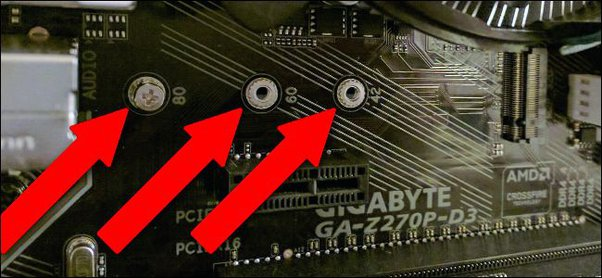Determining the compatibility of an SSD with your PC involves considering several factors to ensure seamless integration and optimal performance. Here’s a comprehensive guide to understanding SSD compatibility:
Interface Compatibility
- SATA SSDs: Most PCs, including older models, support SATA (Serial ATA) SSDs. These drives connect via SATA cables and are compatible with SATA II (3Gbps), SATA III (6Gbps) ports.
- NVMe SSDs: Newer systems often support NVMe (Non-Volatile Memory Express) SSDs, which use the PCIe interface for faster data transfer. Check if your motherboard has an M.2 slot that supports NVMe.
Physical Size
- SSDs come in different form factors: 2.5-inch (for SATA SSDs) and M.2 (smaller, for both SATA and NVMe SSDs). Ensure your PC has the appropriate physical space and connection type for the SSD you choose.
System Compatibility
- Check the specifications and compatibility list of your motherboard or laptop to ensure it supports the type of SSD you intend to install. Some older motherboards might not support NVMe SSDs or may have limited compatibility with certain models.
Operating System Support
- Most modern operating systems support SSDs without issues. However, ensure your OS is compatible with the SSD you plan to install, especially if it’s an older system.
UEFI/BIOS Update
- Occasionally, older systems may require a BIOS/UEFI update to recognize and fully support newer SSDs, especially NVMe drives. Check the manufacturer’s website for any available updates.
Power and Data Cables
- SATA SSDs usually require both power and data cables. Ensure your system has available SATA power connectors and data cables.
- NVMe SSDs, if installed in an M.2 slot, typically don’t require extra cables as they use the PCIe interface on the motherboard.
Performance Considerations
- Take into account the performance capabilities of your system. While an SSD can improve speed, it might not reach its maximum potential if other system components like CPU or RAM are outdated.
Capacity and Budget
- Determine the SSD capacity you require based on your needs and budget. SSDs range from smaller capacities like 120GB to larger ones like 2TB or more. Choose a capacity that suits your storage needs.
Brand and Model Compatibility
- While most SSDs are compatible with various systems, checking user reviews, compatibility lists, and forums can provide insights into specific models that work well with your type of PC.
Consult Manufacturer Support
- If uncertain, reach out to the SSD manufacturer’s support or your PC manufacturer’s customer service for guidance on compatibility. They can often provide accurate information based on your system specifications.
Final Thought:
Ensuring SSD compatibility with your PC involves understanding the interface, physical requirements, system support, and potential limitations. By considering these factors and researching thoroughly, you can select an SSD that seamlessly integrates with your system, boosting its performance and storage capabilities.
